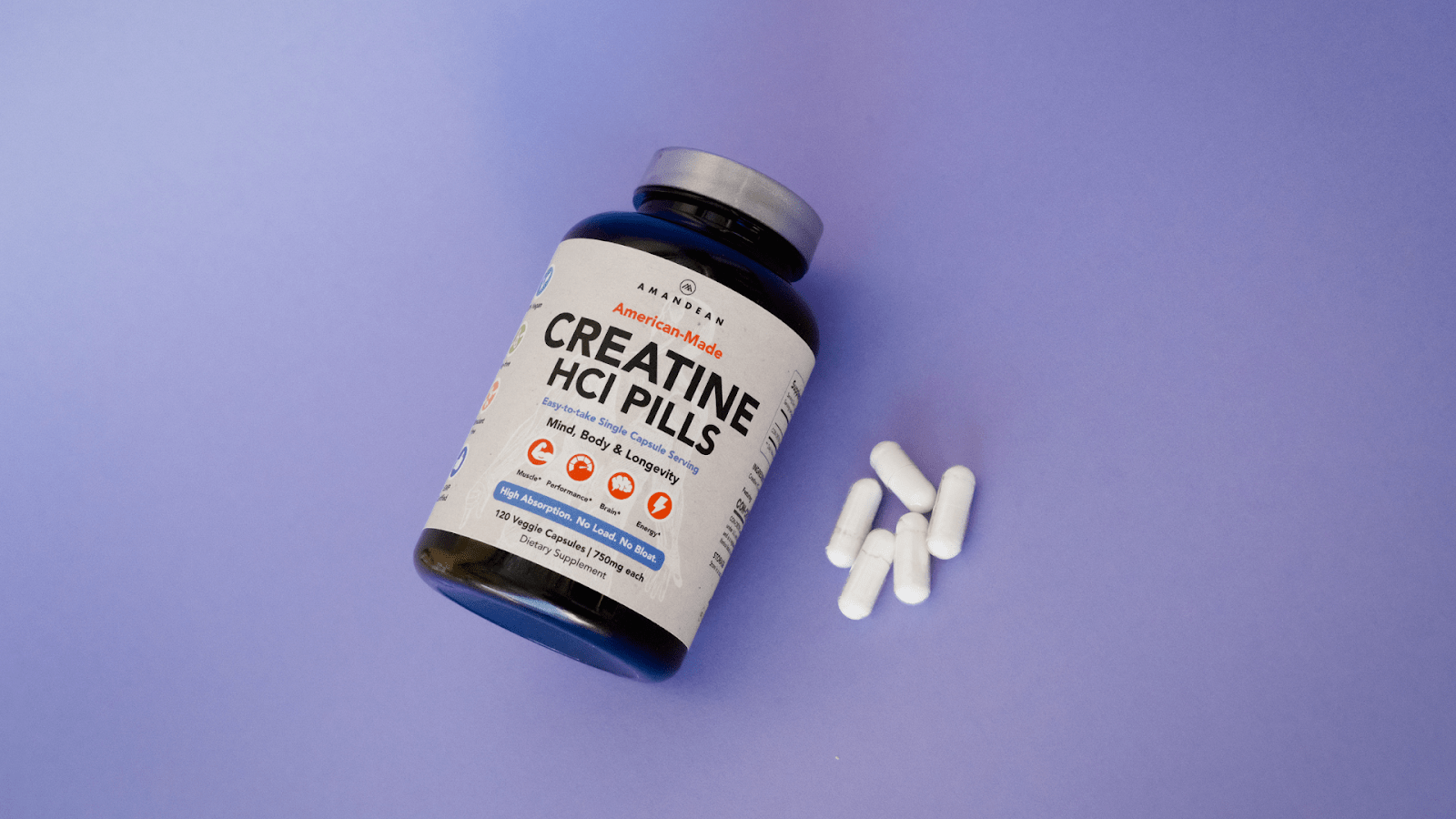Your Cart is Empty

January 12, 2021 4 min read
NAD stands for Nicotinamide Adenine Dinucleotide. NAD is a powerful and abundant nucleotide that is crucial to all living cells in the body. NAD is involved with energy transfers and works hand in hand with the mitochondria, aka the energy creators. NAD is the collective term for the many different phases it undergoes. In fact, it's like a barge or wheelbarrow.
Take our quiz and find which supplements your body is craving.


NAD transforms from NAD+ -> NADPH then back to NAD+ and begins the process over and over again. NAD+ is the oxidized form of NAD and acts as an empty vessel that carries energy from the mitochondria to the mitochondrial enzymes. Once the vessel becomes "full" (with a charged hydrogen molecule with two electrons) it becomes NADPH. NADPH then "drops off" the molecules and electrons, returns to its NAD+ state, and goes back to the mitochondria for more. This is called oxidation redox.
NADPH helps the mitochondria to create adenosine triphosphate (ATP), our energy. When we're young, our bodies' NAD biosynthesis is high and is able to energize our cells and eliminate harmful free radicals. However, NAD synthesis slows with age and brings on the most common signs of aging including decreased energy and reduced muscle performance. NAD depletion may also underlie many age-related diseases such as cancer and neurodegenerative diseases like Alzheimer’s.

NAD in all its forms is crucial to our overall feelings of vitality. One particular study conducted by Harvard showed that after just once a week of administering NAD therapy, the tissue from the mice resembled those of mice a quarter of their age! When NAD levels are high, it may make us feelhealthier as well. Due to its primary function of delivering and distributing power throughout the body's cells, NAD can help us regain bodily energy and improve our glucose tolerance. It is also closely linked with your metabolism, which could help to promote better weight management. Due to its powerful antioxidative powers, NAD helps to improve cellular function and may help to eliminate the risk of certain diseases that arise from cellular death and failure. Though more clinical trials are needed, preclinical evidence suggests that supplementation of NAD may be promising for preventing or lessening the risk of neurodegenerative diseases.
It may be possible to boost your NAD levels naturally! Like many things, you may receive total body benefits as the result of increased NAD synthesis by exercising, limiting exposure to sunlight, fasting, and through nutrition, and supplements. There is a wide buffet of food that is high in NAD or NAD precursors including fish, dairy milk, mushrooms, leafy greens, and whole grains. When shopping for an NAD supplement, you'll likely see it called either NAD or NAD+ - both are used colloquially. The plus sign just indicates that it is in its oxidized and positively charged form. You can also supplement with NR (Nicotinamide Riboside), which is a precursor to NAD that has been tested in clinical trials and found to boost NAD levels.

Glutathione is largely considered to be the most important antioxidant in the human body; it neutralizes free radicals and maintains cellular homeostasis. Reactive oxygen species or oxygen metabolites like superoxide dismutase and hydrogen peroxide, are generated in all cells and can damage lipids, DNA, and proteins. Glutathione is primarily concentrated in the liver and is crucial to the body's detoxification process. Glutathione synthesis occurs within the cells and is made up of the amino acids, glutamine, glycine, and N-Acetyl Cysteine, NAC.
Like NAD, glutathione exists in two states: reduced (GSH) and oxidized glutathione disulfide (GSSG). The ratio of GSH to GSSG indicates your body's level of oxidative stress; studies have shown that in a resting state, the GSH: GSSG ratio exceeds 100:1, while under oxidative stress, this ratio can decrease to 10:1 or lower. Glutathione peroxidase-1, an intracellular antioxidant enzyme, also works hand in hand with GSH by transforming hydrogen peroxide into water. GSH may also play a role in the recycling of antioxidants like vitamin C. When glutathione levels are low, it can lead to cell death, which underlies life-threatening diseases, diabetes, and rheumatoid arthritis. GSH levels can be affected by a number of things such as age, poor nutrition, increased free radicals, and stress.

Endogenous glutathione, glutathione that is produced within the body, is considered the master antioxidant of the human body. GSH is the main line of defense against cellular dysfunction, thus it helps to fight against many diseases and health conditions that are brought on with age. In one study, intravenous infusion of glutathione helped to restore mobility and contribute to the inhibition of arterial stiffness in older adults. Glutathione supplementation may also help to regulate both weight and insulin levels. By protecting the mitochondria, glutathione may also help to manage inflammation and ward against more serious autoimmune conditions. Glutathione also supports the detoxification of major organs such as the liver to help alleviate fatty liver conditions and the gut which is responsible for regulating your glutathione metabolism.
Both your diet and high-quality glutathione supplements can help to slow down and decrease the common signs of aging, especially when used together. Both sulfur and selenium are cofactors for the production of glutathione. Foods rich in these minerals including chicken, beef, and fish can help to boost levels of GSH and glutathione peroxidase. Vegetables like broccoli, garlic, brussels sprouts, onions, cauliflower, and kale can also increase your body's glutathione synthesis due to their high sulfur levels. Interestingly, GSSG can also be reduced by NADPH; NADPH is used by glutathione reductase to regenerate GSH from GSSG, thus they work hand in hand. Spinach, avocados, asparagus, and okra are naturally rich in glutathione and can be boosted with liposomal glutathione supplements.
When it comes to anti-aging, it's all in the cells. Glutathione supplementation can benefit from NAD as well, making it a graceful aging powerhouse! Aside from IV treatments, liposomal glutathione supplements are the most effective route to detoxifying your body and fighting off free radicals.
Amandean's Liposomal Glutathione is made with ultra-pure water and phosphatidylcholine (PC) from non-hydrogenated, non-GMO sunflower lecithin. If you're looking for a pure, powerful, and clean supplement to fight off aging, glutathione is your go-to!

December 12, 2025 7 min read
Achieve luscious locks with collagen for hair. Try Amandean’s premium collagen supplements for stronger, healthier hair.

December 12, 2025 10 min read
Collagen packets by Amandean make skin, joint, and hair support easy on the go. Learn how collagen packets work and upgrade your wellness routine today.

October 17, 2025 8 min read
Find out why creatine is better for vegans! Boost your wellness game and unlock peak performance with Amandean's premium supplements today.